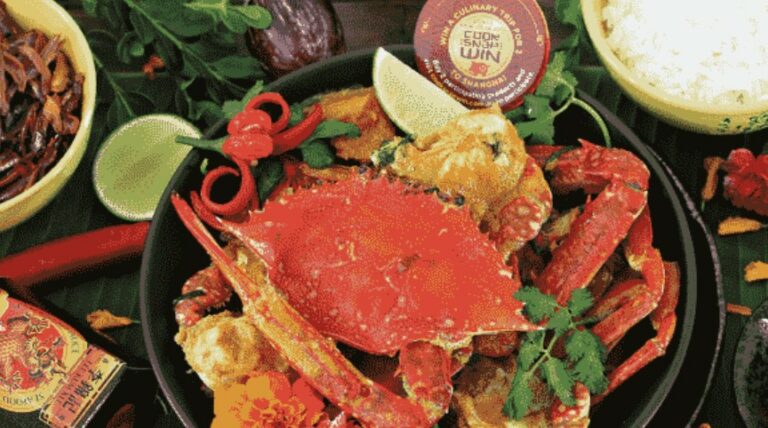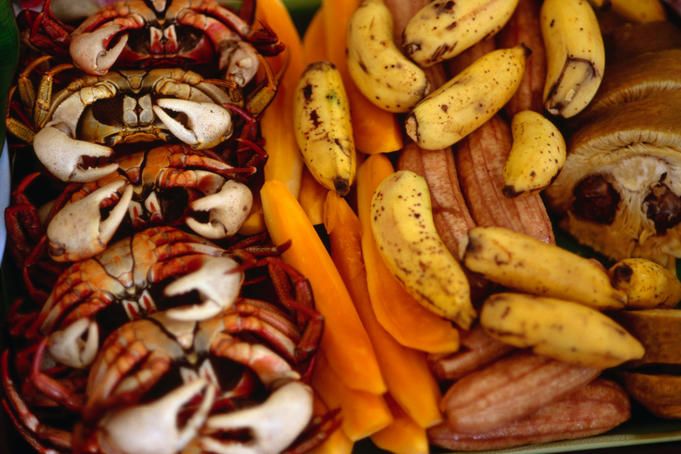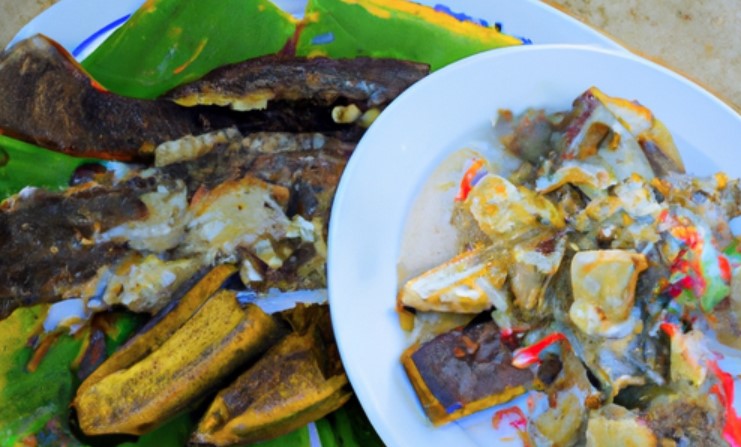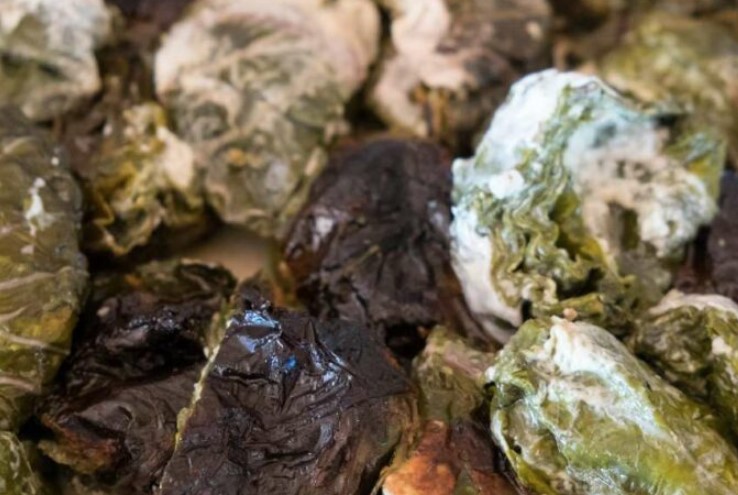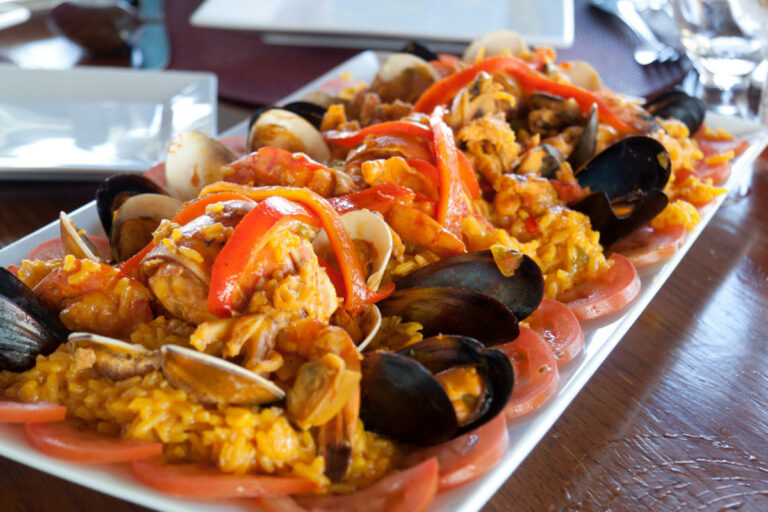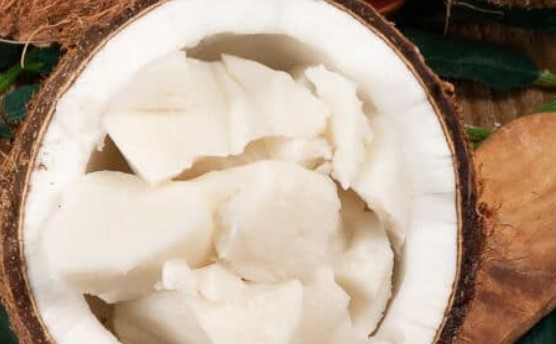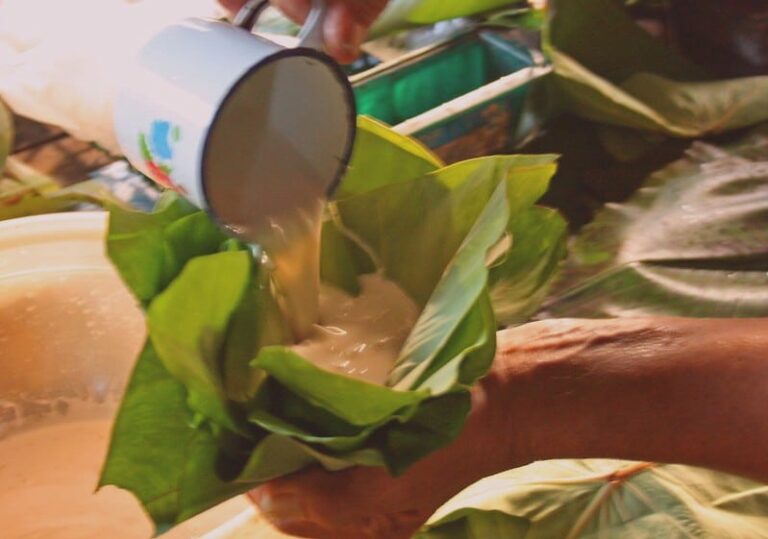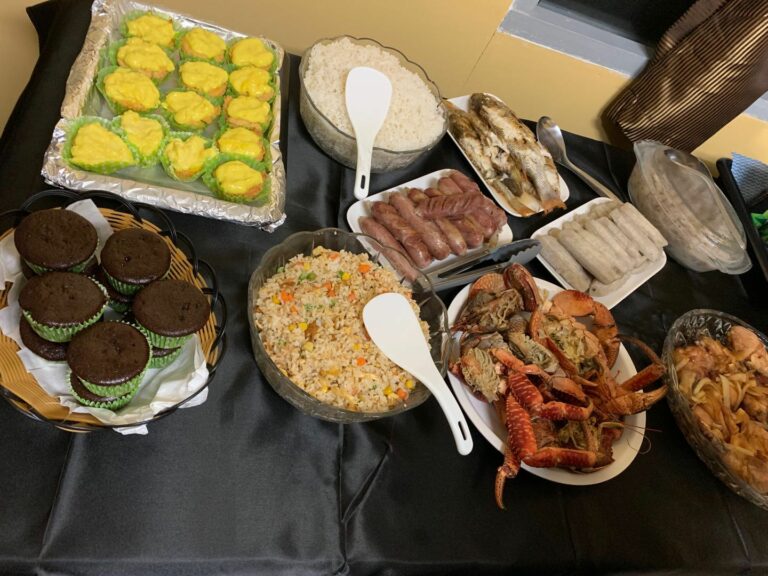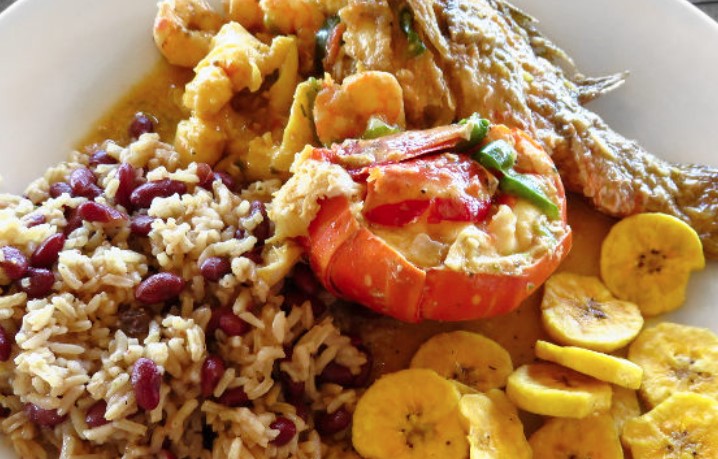Introduction: Tuvalu and its culinary tradition
Tuvalu is a tiny Polynesian island nation located in the southwestern Pacific Ocean. It comprises nine coral atolls and has a population of approximately 11,000 people. Despite its small size, Tuvalu has a rich cultural heritage that includes a unique culinary tradition. Tuvaluan cuisine is largely based on seafood, root crops, and coconut, and is influenced by the rich food culture of the Pacific Islands.
The Pacific food culture and its influence on Tuvalu
The Pacific Islands are home to a diverse range of cultures and cuisines. The region’s food culture is characterized by a strong emphasis on fresh, locally sourced ingredients, and simple cooking techniques that highlight the natural flavors of the food. This food culture has had a significant influence on Tuvaluan cuisine. Tuvalu’s proximity to other Pacific Island nations like Fiji, Samoa, and Kiribati has also contributed to the cross-pollination of food cultures between these countries.
Staple foods in Tuvaluan cuisine
The staple foods in Tuvaluan cuisine are taro, breadfruit, coconut, and fish. Taro is a starchy root vegetable that is boiled, baked, or fried and served as a side dish or in stews. Breadfruit, another starchy fruit that is similar to potato, is also a staple food in Tuvalu. Coconut is used to flavor dishes and is also used to make coconut cream, a key ingredient in many Tuvaluan dishes. Fish, such as tuna and sea bream, is a common source of protein in Tuvalu.
Flavors and ingredients commonly used in Tuvalu
Tuvaluan cuisine is characterized by a combination of sweet, sour, and salty flavors. The use of coconut, lime, and lemon gives many dishes a tangy flavor. Chilies and other spices are also used to add heat to dishes. Other common ingredients used in Tuvaluan cuisine include pandanus leaves, which are used to flavor drinks and desserts, and banana leaves, which are used as a wrapper for cooked food.
Traditional cooking methods and utensils
Traditional cooking methods in Tuvalu include baking, boiling, and grilling. The most common utensils used for cooking are pots, pans, and open fires. The use of traditional utensils such as coconut shells, woven baskets, and clay pots is also still prevalent in some parts of Tuvalu.
The role of food in Tuvaluan culture and social events
Food plays a central role in Tuvaluan culture and is often used to mark important social events such as weddings, funerals, and religious ceremonies. Traditional dishes such as palusami, a dish made with taro leaves and coconut cream, and pulaka, a dish made with baked breadfruit, are often served at these events. Sharing food with family and friends is also an important part of Tuvaluan culture and is seen as a way of building and strengthening relationships.
In conclusion, Tuvaluan cuisine has been heavily influenced by the food culture of the Pacific Islands. Its staple foods, flavors, and cooking methods demonstrate a unique culinary tradition that is closely tied to Tuvaluan culture and social events. Despite its small size, Tuvalu’s cuisine offers a rich and flavorful experience that is not to be missed.


